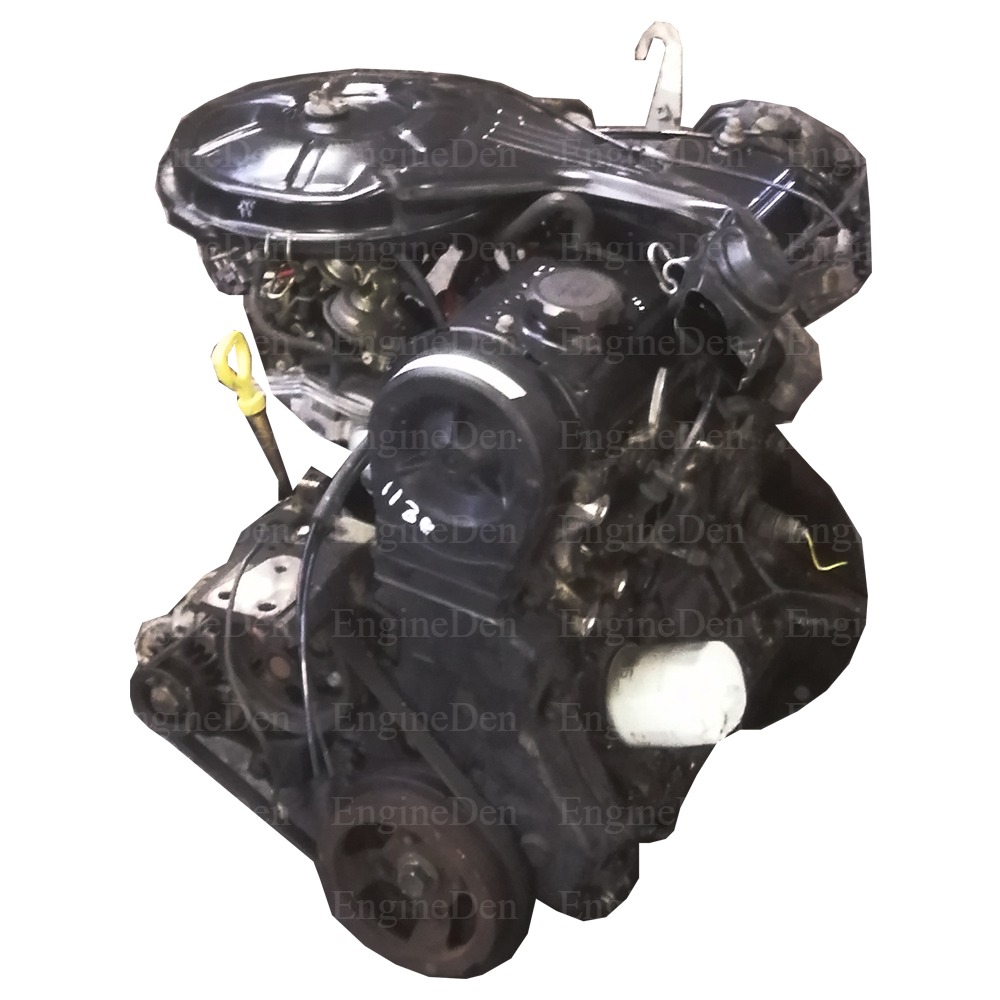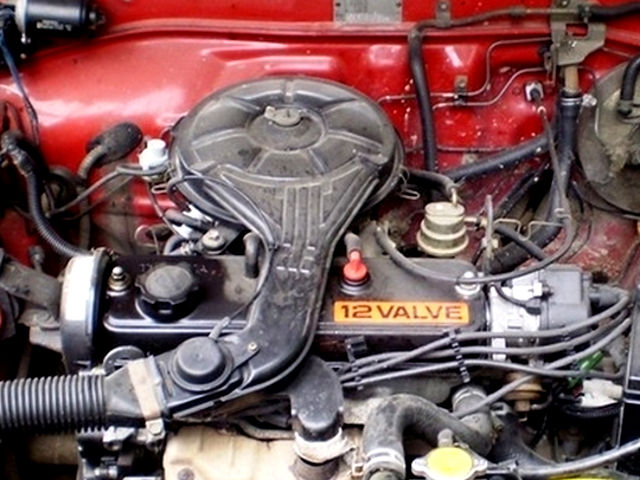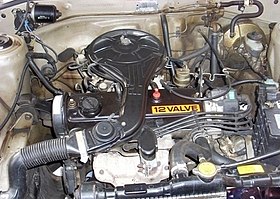How the Toyota Tazz Became a Staple in the Compact Car Market
Discover the most up to date Patterns in Engine Modern Technology With Tazz
In the swiftly progressing landscape of vehicle technology, Tazz stands at the leading edge, highlighting considerable improvements in engine systems that prioritize both advancement and sustainability. tazz. From hybrid engines that enhance gas performance to the development of hydrogen gas cells, the trends forming contemporary powertrains are not just improving efficiency but also addressing critical environmental difficulties. As the market proceeds to press borders, it is important to consider how these growths will certainly influence future transportation services and the more comprehensive ramifications for worldwide energy consumption. What exists in advance in this essential change?
Crossbreed Engine Innovations
Hybrid engine technologies represent a crucial shift in automotive modern technology, integrating the benefits of internal combustion engines with electric propulsion systems. This integration not only improves gas performance yet additionally lowers emissions, conference progressively rigorous ecological regulations. By making use of both power sources, hybrid engines can enhance performance, providing power when needed while saving fuel during much less demanding driving problems.
Recent innovations in hybrid modern technology include renovations in battery effectiveness and regenerative braking systems. These technologies enable greater energy healing during slowdown, which can be rerouted to help in acceleration or power accessory systems. Furthermore, manufacturers are concentrating on light-weight products and small layouts to make the most of the efficiency of crossbreed powertrains.
The advancement of plug-in crossbreeds has additionally expanded the marketplace, allowing chauffeurs to bill their lorries utilizing standard electric outlets. This feature typically permits substantial all-electric array, additional reducing dependence on typical gas. tazz. As the automobile industry proceeds to progress, hybrid engine technologies are expected to play an essential role in connecting the space in between traditional lorries and completely electrical versions, supplying a transitional remedy that caters to varied customer demands and preferences
Advances in Electric Powertrains
The automobile landscape is quickly developing, with electric powertrains becoming a leading force in lasting transportation. Developments in electric lorry (EV) modern technology are substantially enhancing performance, individual, and efficiency experience. Secret developments consist of renovations in battery chemistry, which have raised energy thickness, minimized charging times, and extended general battery life.
Solid-state batteries, as an example, guarantee to revolutionize the market by giving higher security and efficiency compared to traditional lithium-ion cells. Improvements in regenerative stopping systems are making it possible for cars to recover energy during slowdown, adding to total performance.
In enhancement to battery technology, electric motor designs are becoming much more sophisticated. Technologies such as integrated motors and advanced thermal administration systems are aiding to optimize power shipment and lower weight, inevitably improving vehicle characteristics.

Collectively, these breakthroughs emphasize the YOURURL.com commitment to change in the direction of cleaner, much more efficient transportation services, placing electrical powertrains at the center of automotive innovation.
The Surge of Hydrogen Fuel Cells
Significantly, hydrogen fuel cells are obtaining grip as a feasible alternative to traditional internal combustion engines and battery electric lorries. This technology takes advantage of the chemical power stored in hydrogen, converting it right into power with an electrochemical reaction with oxygen. The key byproduct of this process is water, making hydrogen gas cells an ecologically friendly alternative with absolutely no exhausts at the tailpipe.

Car manufacturers are progressively buying hydrogen fuel cell technology, identifying its potential for long-range applications and quick refueling capacities that measure up to conventional gas. In addition, fields such as sturdy transportation and public transit are specifically appropriate for hydrogen gas cells, where battery electrical remedies may fail because of weight and variety constraints.
As research study and financial investment continue to increase, hydrogen fuel cells are positioned to play a considerable role in the future landscape of clean transport and energy solutions.
Enhancements in Internal Burning Engines
Innovations in internal combustion engine (ICE) technology are transforming conventional vehicles to satisfy modern-day environmental criteria and efficiency assumptions. Direct gas shot, for circumstances, allows for much better atomization of gas, leading to more full burning and improved power output.
In addition, turbocharging has gained prestige, allowing smaller engines to provide greater performance without the weight of larger engines - tazz. This modern technology not just increases efficiency but likewise contributes to lower fuel More Help consumption. Variable shutoff timing systems are likewise being refined, allowing engines to adjust to different driving conditions for enhanced torque and responsiveness
Furthermore, making use of lightweight materials in engine building and construction is ending up being common, further boosting gas efficiency by lowering overall lorry weight. Engine control devices (ECUs) are significantly sophisticated, making it possible for real-time modifications that maximize performance and emissions.
These improvements collectively indicate a critical shift in ICE innovation, lining up with global sustainability goals while still offering the efficiency chauffeurs anticipate from their cars. As the market progresses, these improvements remain to form the future of traditional automobile engineering.
Future Fads in Engine Performance
Significant improvements in engine efficiency are anticipated as suppliers concentrate on incorporating sophisticated technologies to fulfill rigorous ecological guidelines and consumer demands. The shift towards electrification, hybrid systems, and alternate fuels is improving the automotive landscape, driving innovations that improve fuel economic climate and decrease emissions.
Among the crucial fads is the application of advanced materials and making strategies. Lightweight compounds and high-strength alloys contribute to minimized car weight, therefore improving total effectiveness. Furthermore, the fostering of turbocharging and variable shutoff timing modern technologies enables enhanced power outcome from smaller engines, better boosting fuel economic situation.

Final Thought
Innovations in crossbreed engine systems, electric powertrains, and hydrogen gas cells show a commitment to reducing exhausts while boosting efficiency. Renovations in inner combustion engines and an emphasis on light-weight materials contribute to total engine performance.
From hybrid engines that optimize fuel efficiency to the emergence of hydrogen fuel cells, the patterns forming contemporary powertrains are not just enhancing efficiency however additionally dealing with essential ecological challenges.Hybrid engine advancements represent an essential change in auto modern technology, integrating the benefits of interior combustion engines with electric propulsion systems.Furthermore, turbocharging has actually obtained prestige, enabling smaller sized engines to deliver higher performance without the weight of bigger engines. Furthermore, the fostering of turbocharging and variable shutoff timing modern technologies enables for improved power output from smaller engines, further enhancing fuel economy.
Enhancements in inner burning engines and a focus on lightweight products contribute to total engine effectiveness.